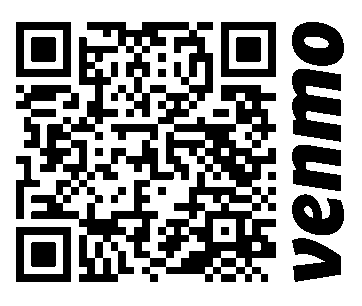A character in UTF8 can be from 1 to 4 bytes long, subjected to the following rules:
- For 1-byte character, the first bit is a 0, followed by its unicode code.
- For n-bytes character, the first n-bits are all one’s, the n+1 bit is 0, followed by n-1 bytes with most significant 2 bits being 10.
This is how the UTF-8 encoding would work:
|
1 2 3 4 5 6 7 8 |
Char. number range | UTF-8 octet sequence (hexadecimal) | (binary) --------------------+--------------------------------------------- 0000 0000-0000 007F | 0xxxxxxx 0000 0080-0000 07FF | 110xxxxx 10xxxxxx 0000 0800-0000 FFFF | 1110xxxx 10xxxxxx 10xxxxxx 0001 0000-0010 FFFF | 11110xxx 10xxxxxx 10xxxxxx 10xxxxxx |
Given an array of integers representing the data, return whether it is a valid utf-8 encoding.
Note:
The input is an array of integers. Only the least significant 8 bits of each integer is used to store the data. This means each integer represents only 1 byte of data.
Example 1:
data = [197, 130, 1], which represents the octet sequence: 11000101 10000010 00000001. Return true. It is a valid utf-8 encoding for a 2-bytes character followed by a 1-byte character.
Example 2:
data = [235, 140, 4], which represented the octet sequence: 11101011 10001100 00000100. Return false. The first 3 bits are all one's and the 4th bit is 0 means it is a 3-bytes character. The next byte is a continuation byte which starts with 10 and that's correct. But the second continuation byte does not start with 10, so it is invalid.
Solution: Bit Operation
Check the first byte of a character and find out the number of bytes (from 0 to 3) left to check. The left bytes must start with 0b10.Time complexity: O(n)
Space complexity: O(1)
C++
|
1 2 3 4 5 6 7 8 9 10 11 12 13 14 15 16 17 18 19 20 |
// Author: Huahua class Solution { public: bool validUtf8(vector<int>& data) { int left = 0; for (int d : data) { if (left == 0) { if ((d >> 3) == 0b11110) left = 3; else if ((d >> 4) == 0b1110) left = 2; else if ((d >> 5) == 0b110) left = 1; else if ((d >> 7) == 0b0) left = 0; else return false; } else { if ((d >> 6) != 0b10) return false; --left; } } return left == 0; } }; |
请尊重作者的劳动成果,转载请注明出处!花花保留对文章/视频的所有权利。
如果您喜欢这篇文章/视频,欢迎您捐赠花花。
If you like my articles / videos, donations are welcome.



Be First to Comment